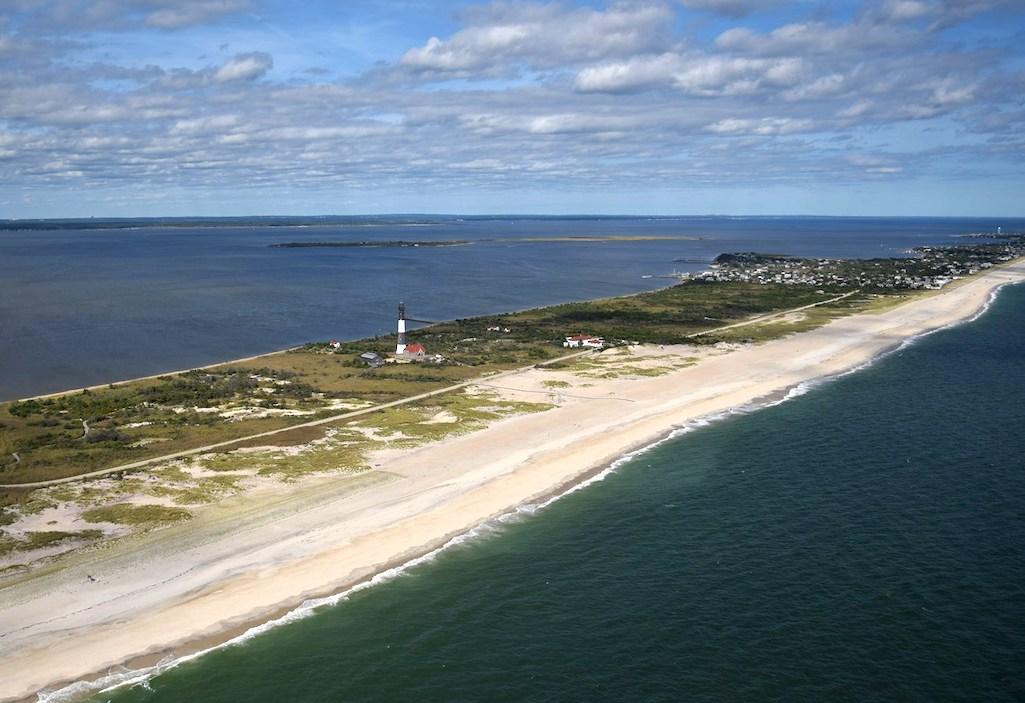
West Nile Virus has been detected in a mosquito sample from Watch Hill at Fire Island National Seashore / NPS file
A little less than a year ago, West Nile Virus was detected in a crow at Fire Island National Seashore in New York. Now, the first case of West Nile Virus for 2024 at this national seashore has been detected in a mosquito sample from Watch Hill, Fire Island. Watch Hill is a federal tract of land between Davis Park and the Fire Island Wilderness area. The mosquitoes were collected on August 14 from a trap set by the Fire Island National Seashore as part of its mosquito monitoring program. This program is a collaborative effort between the National Park Service and Suffolk County Department of Health Services – Arthropod-Borne Disease Laboratory that helps the park assess risk levels and select actions for public safety.
The National Park Service, along with Suffolk County, will continue its weekly surveillance program to monitor the severity and extent of West Nile Virus within the boundaries of the Seashore. Consistent with Fire Island National Seashore’s mosquito monitoring protocols, there will be increased surveillance at Watch Hill. If threats to human health are identified, actions to protect the public may need to include control methods such as larviciding, spraying, or area closures. The National Park Service works closely with the Centers for Disease Control and Prevention (CDC), the New York State Department of Environmental Conservation (DEC), Suffolk County Department of Health Services – Arthropod-Borne Disease Laboratory, Suffolk County Vector Control, and local Fire Island and Long Island municipalities to determine the best course of action to protect residents, visitors, and employees of the Seashore. The public will be notified 24 hours in advance of any spray event.
West Nile Virus is transmitted to humans through the bite of an infected mosquito. Visitors should take precautions to reduce exposure to the virus by avoiding areas with high densities of mosquitoes. If contact with mosquitoes is unavoidable, it is advisable to minimize outdoor activities when mosquitoes are active, wear protective clothing (long sleeved shirts, socks, and long pants) and use effective insect repellent, such as one containing at least 30 percent DEET. People most at risk of becoming ill are those over 60 years of age or whose health is impaired.

 Support Essential Coverage of Essential Places
Support Essential Coverage of Essential Places






